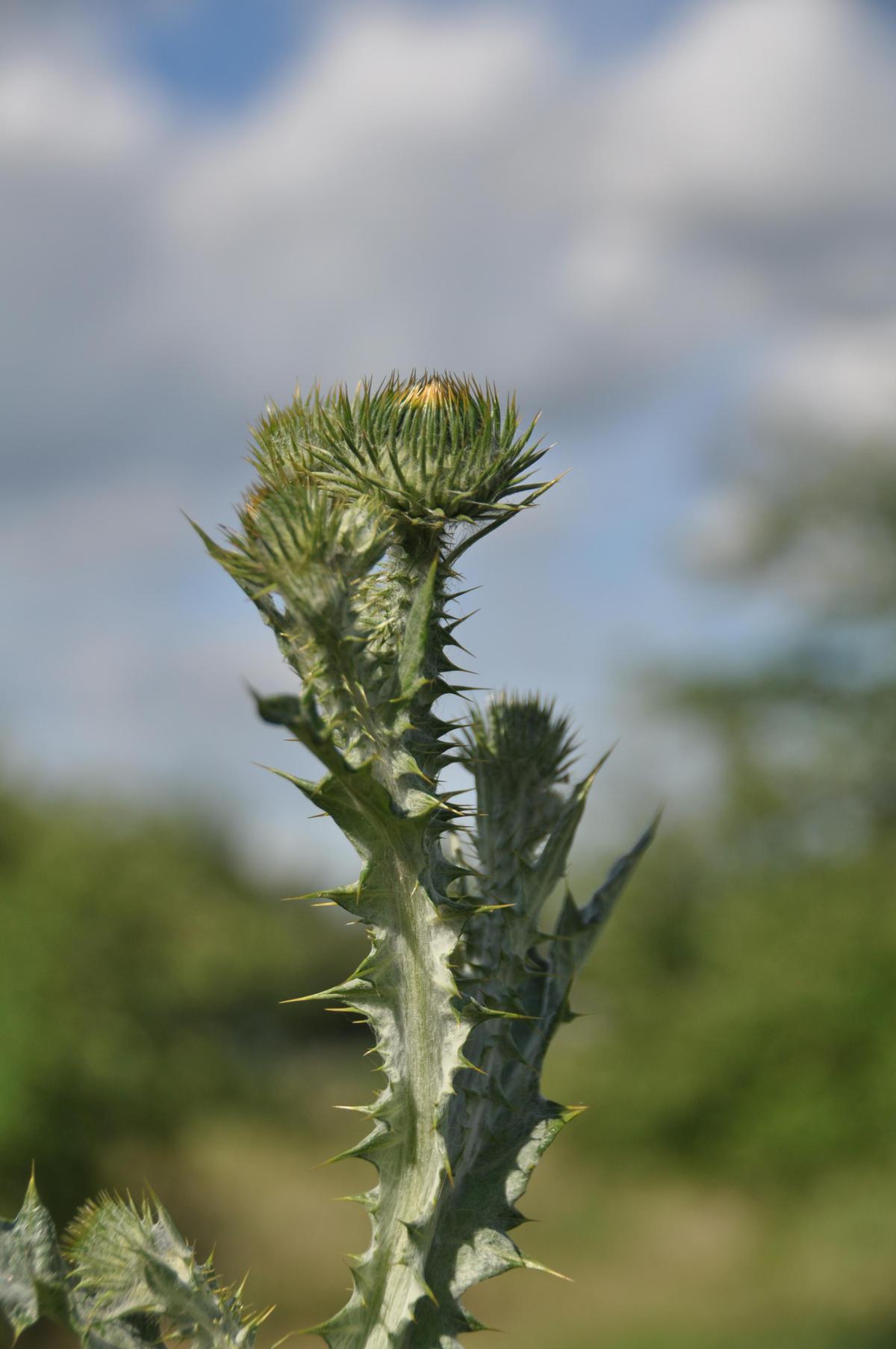Not all those pretty wildflowers we are seeing right now are harmless. Many of them are noxious weeds that are aggressively taking over the landscape.
Noxious weeds are by legal definition nonnative plants that have been introduced by human action. They can affect crop yields, destroy native plant and animal habitat, damage recreational sites, clog waterways, lower land values, and poison humans and livestock. They are aggressive because they lack natural enemies found in their native habitat that helped control them.
Many of our noxious weeds hitchhiked here in grains and flower seed brought by settlers in the late 1800s. At harvest, the grains and hitchhiking weed seed were spread further as the grain was transported to market by rail or wagon. When the interstate highway system was built in the 1950s and 60s, weed seed in hay and grain shipments spread even further and faster.
Washington State maintains a state weed list that is managed at the county level. The Spokane County Noxious Weed Board maintains a list of weeds broken into four classifications ranging from those that are mandatory to control to those that are weeds of concern. The board has the authority to issue notices to a landowner to control their weeds if inspectors find them present on the property.
Because noxious weeds are aggressive, they are often hard to control. The Noxious Weed Board recommends the following integrated weed management steps to tackle them. First, get your weeds properly identified. This will tell you what you are dealing with, its growth habits and control methods. Second, don’t let weeds get established in the first place. Properly maintain lawns, pastures and open land by mowing and watering properly, practicing rotational grazing so animals don’t eat forage to the ground and reseeding to create a solid grass cover to shade out weeds. Mow weeds before they go to flower to reduce seed production.
If you have several acres of knapweed, Dalmatian toadflax or skeleton weed, consider using biocontrol insects to help munch down the weeds. Specific insects eat specific weed seed heads, roots, and stems that then kill the plants. Examples include a stem weevil that attacks Dalmatian toadflax, two weevils that go after the seed heads and roots of knapweed and a gall that attacks skeleton weed. Each insect will only eat its specific weed host and will not attack other types of plants.
Lastly, if you have a well-established weed crop on several acres, it may be necessary to use chemicals to get the weeds under control before going back to more benign control practices. This is a multi-year process. Spray weeds before they go to flower in the early summer and again in the fall when the rains stimulate growth. Reestablish a grass cover by doing a dormant planting of grass seed at the end of October. This fall seeding winters over and sprouts in the spring long before the fields are dry enough to work. You will still need to spot treat stubborn weeds for a couple of years to get them under control.
Credit:www.spokesman.com

